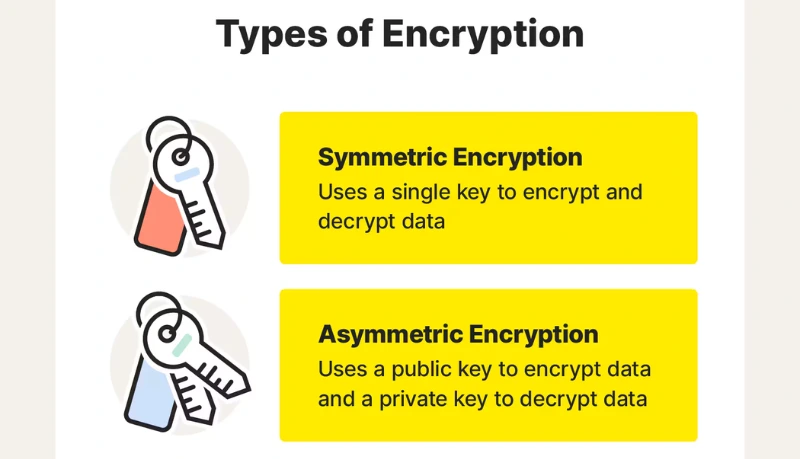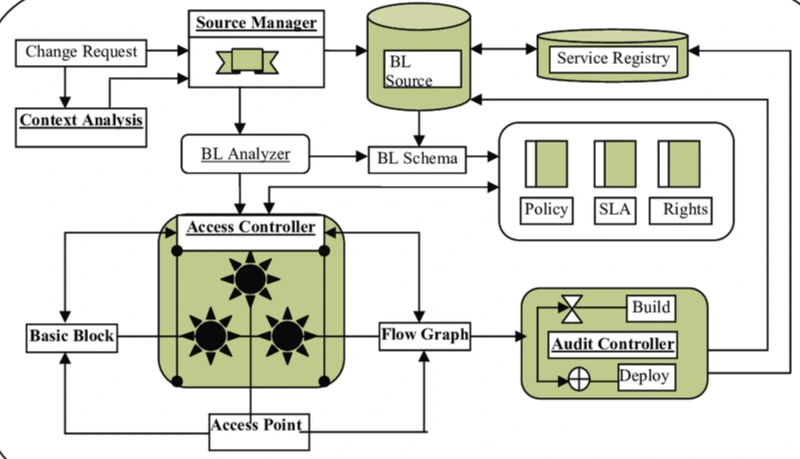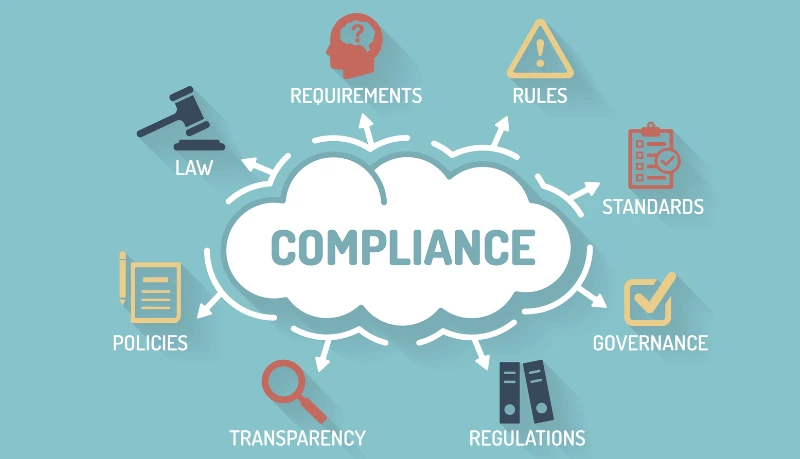
In the digital era, data security is a crucial aspect of online operations. Businesses and individuals must safeguard sensitive information from cyber threats, unauthorized access, and data breaches. Data protection and encryption are two essential strategies that ensure the confidentiality, integrity, and availability of data. This blog post explores the importance of data protection, encryption methods, and best practices for securing digital assets.
What is Data Protection?
Data protection refers to the processes and technologies used to secure data from loss, theft, or misuse. It includes policies, security measures, and compliance with legal standards to ensure that sensitive data remains safe. Organizations implement data protection strategies to maintain privacy, prevent cyberattacks, and comply with regulations such as GDPR and CCPA.

Why is Data Protection Important?
- Prevention of Data Breaches: Cybercriminals frequently target sensitive data, leading to financial and reputational damage. Proper data protection measures help prevent such breaches.
- Compliance with Regulations: Governments worldwide have established data protection laws that businesses must follow to avoid legal penalties.
- User Trust and Reputation: Companies that prioritize data security earn customer trust and maintain a strong reputation.
- Business Continuity: Protecting critical business data ensures smooth operations and prevents losses caused by cyberattacks or system failures.
Understanding Data Encryption
Encryption is the process of converting data into a coded format to prevent unauthorized access. Even if attackers intercept encrypted data, they cannot understand or use it without the decryption key. Encryption is widely used in online transactions, cloud storage, and secure communications.
Types of Data Encryption
Beyond fashion, pop culture also affects daily life, influencing home decor, beauty routines, fitness trends, and even eating habits.
- Symmetric Encryption: Uses a single key for both encryption and decryption. It is fast and efficient but requires secure key management. Examples include AES (Advanced Encryption Standard) and DES (Data Encryption Standard).
- Asymmetric Encryption: Uses a pair of keys – a public key for encryption and a private key for decryption. It is widely used in SSL/TLS protocols, digital signatures, and email encryption. RSA (Rivest-Shamir-Adleman) is a popular asymmetric encryption algorithm.
- End-to-End Encryption (E2EE): Ensures data remains encrypted throughout transmission, preventing third-party access. Messaging apps like WhatsApp and Signal use E2EE for secure communication.

Best Practices for Data Protection & Encryption
1. Implement Strong Password Policies
- Use complex passwords and multi-factor authentication (MFA) to enhance security.
- Encourage regular password changes and avoid reusing old passwords.
2. Use Secure Encryption Standards
- Employ strong encryption algorithms like AES-256 for data at rest and TLS 1.3 for data in transit.
- Regularly update encryption protocols to mitigate vulnerabilities.
3. Backup Data Regularly
- Maintain encrypted backups in secure locations to prevent data loss due to cyberattacks or hardware failures.
- Automate backup processes and test recovery plans frequently.
4. Enable Access Control Mechanisms
- Restrict access to sensitive data using role-based access controls (RBAC).
- Monitor user activities and implement audit logs to track suspicious behaviour.

5. Secure Cloud Storage
- Use cloud providers that offer end-to-end encryption and data redundancy.
- Enable encryption for files stored in cloud services like Google Drive or Dropbox.
6. Educate Employees on Cybersecurity
- Conduct training sessions to raise awareness about phishing attacks, social engineering, and safe data handling practices.
- Encourage employees to report suspicious activities and security incidents.
7. Ensure Compliance with Regulations
- Stay updated on data protection laws applicable to your region and industry.
- Implement necessary policies to meet GDPR, HIPAA, or PCI DSS compliance requirements.

Future of Data Protection & Encryption
With the rise of artificial intelligence and quantum computing, data security measures must evolve to counter advanced cyber threats. Future encryption technologies, such as post-quantum cryptography, will play a significant role in ensuring long-term data protection. Additionally, organizations will increasingly adopt zero-trust security models, ensuring that access is continuously verified before granting permissions.
